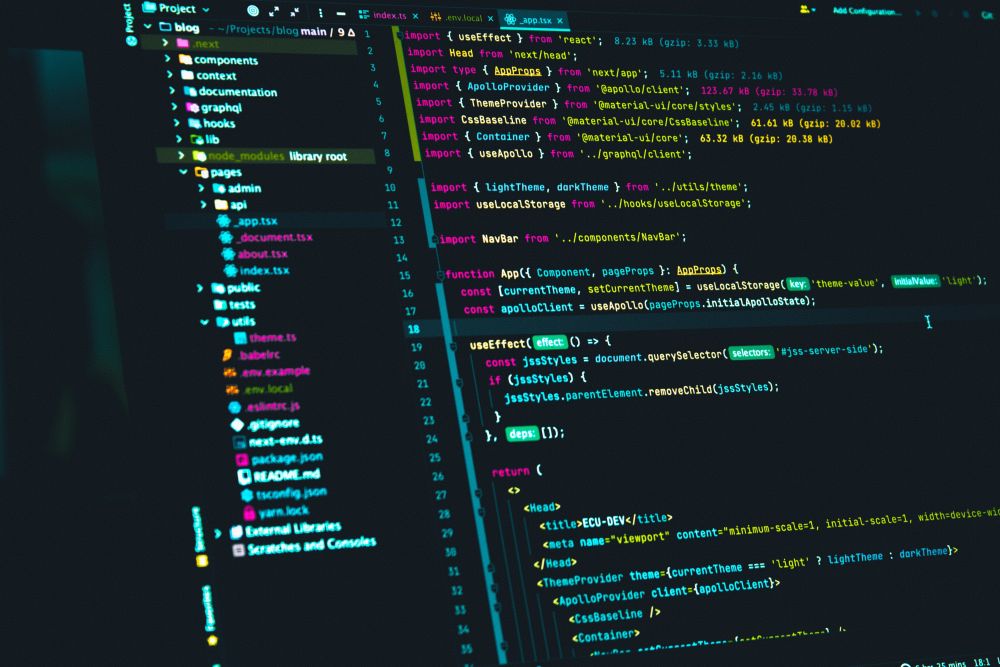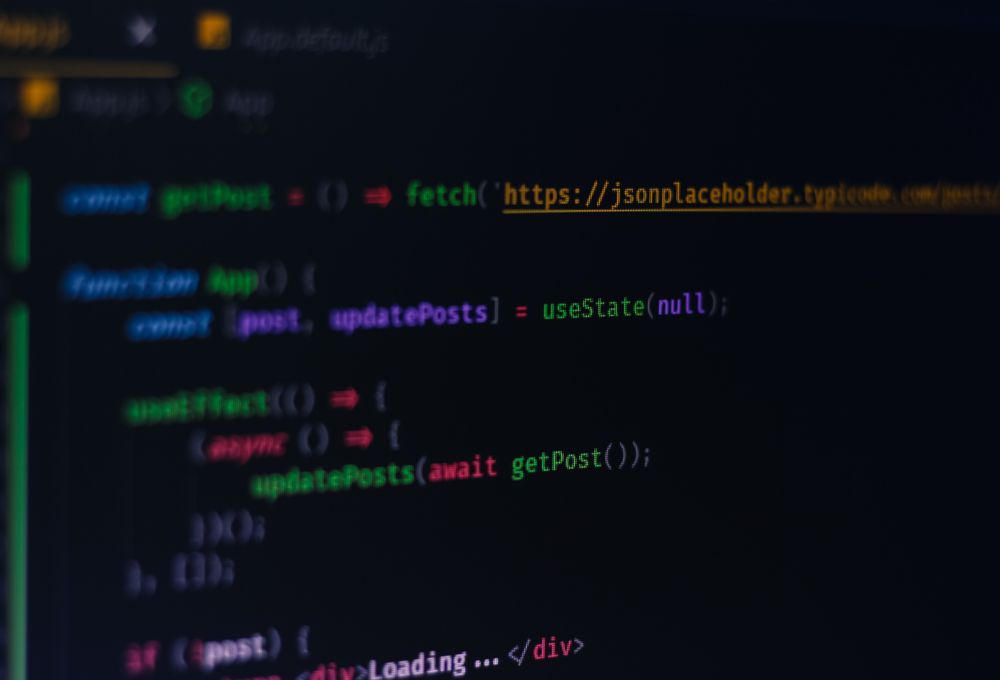
Staying up-to-date and keeping up with new opportunities in the tech field is almost a must these days. If you want to simplify your life, sooner or later, you need to accept some modern solutions that will help you with that.
For instance, you don’t need to drag behind because of poor grades you received due to the school overload or an accident that stole your time. You can address essay writing services such as EssayHub.com to get help with writing, editing, or proofreading. The whole procedure is confidential and can be done online, so you don’t have to risk, and with professional writers, you can save a lot of your time. That’s how technology works today.
When it comes to web development, embracing new opportunities is also a must. Not a single solution can stay relevant forever. There are new customizations or alternatives that can cut in half the time one spends to create an application. So, why not use it? In this article, we’ll talk about Redux specifically and how it can simplify the lives of web developers.

What Is Redux and How Does It Work?
Redux is a library to handle state in JavaScript applications. For instance, instead of creating state particles in different components, you can create a global state that will store all the details about the application data and be accessible from any component of the app.
To understand how it operates, one needs to get the structure of a project that incorporates Redux. First of all, you need to create a redux folder in the src one. Mind that it’s better to create separate files for the store, reducer(s), and actions. To understand what those are, read on.
Store
A store is an object where the current state gets saved. Among other methods, it contains the dispatch method. When a user interacts with the interface, it triggers dispatch that receives information about the completed action. For instance, the user clicked on a button. After that, the method is used to pass the action to the reducer.
Reducer
A reducer is a pure function. It receives an action and goes through the options of actions it is given initially to understand how exactly the state should be updated. If it finds the passed option, it takes the previous state and returns the new one based on the action it was instructed to perform.
Every action goes through the reducer. If there are several reducers to handle different parts of the state (e.g., one is about tracking the calculator on the website, and another one deals with authorization), they should be compiled into the main one. After that, the main reducer sends the updated state to the store.
Action
The action returns an object that should contain two properties: type (an obligatory one) and payload (the content that is updated, e.g., the changed status of the user – online/offline).
To Sum Up
So, let’s patch all the steps together:
- the user clicks on a button;
- the dispatch method catches the type of action and sends it to the reducer;
- the action reaches the reducer that is invoked by the store;
- reducer carries the state and action and returns the updated state to the store;
- the updated state means that new properties are passed to the components, which, in turn, means that the interface gets updated – rerendered.
All that is left to do to make it work with an app is to connect the Redux data with the used framework. For instance, in React.js, you need a React-Redux library to create a Provider wrapper for the App component with a store property and use the connect function in every component’s export line.

5 Reasons to Use Redux
The only reason not to do it is the relative complexity of the algorithm. Small apps, if developed properly, don’t face issues related to the handling of the state.
Let’s imagine essayservice reviews by NoCramming.com – a simple website that makes detailed reviews of different academic writing platforms. It’s neither a forum nor a shop. The interface requires minimum interaction with the user since the website is mainly informative. Creating a global state using Redux would only overcomplicate the project architecture and add unnecessary layers of logic. It’s not really worth the time spent.

Yet, there are numerous pros of using Redux in other cases.
- Redux is compatible with numerous SPA JS frameworks like Angular, React, or Vue; it can even be used with Vanilla JS.
- The structure described above in the article is very convenient even though it requires a lot of code to be written. In turn, you don’t have to search for a particular state setting in this or that component and know where to fix a particular bug.
- There are modern alternatives built on Redux. For instance, you can use Redux Toolkit to reduce the amount of boilerplate code or RTK Query to handle the state in one simple slice.
- Redux devtools can be a life-saver, especially if you’re new to Redux. It tracks all the changes that happen during one action, which makes it easy to understand what exactly doesn’t function properly.
- Sometimes, you have a local state that doesn’t need to be available everywhere in the application. Take, for example, a temporary state in a form or input field. It doesn’t have to be stored globally. Luckily, you can use hooks like in React in such cases, and there will be no conflicts.
Summing Up
In general, Redux is good for big applications that have a complex network of components. It helps manage the state, store it in one place, and access it from anywhere in the app. That’s the kind of tool you may need time to get used to, but in the end, it both simplifies the support of the app and opens new doors for you as a web developer.








